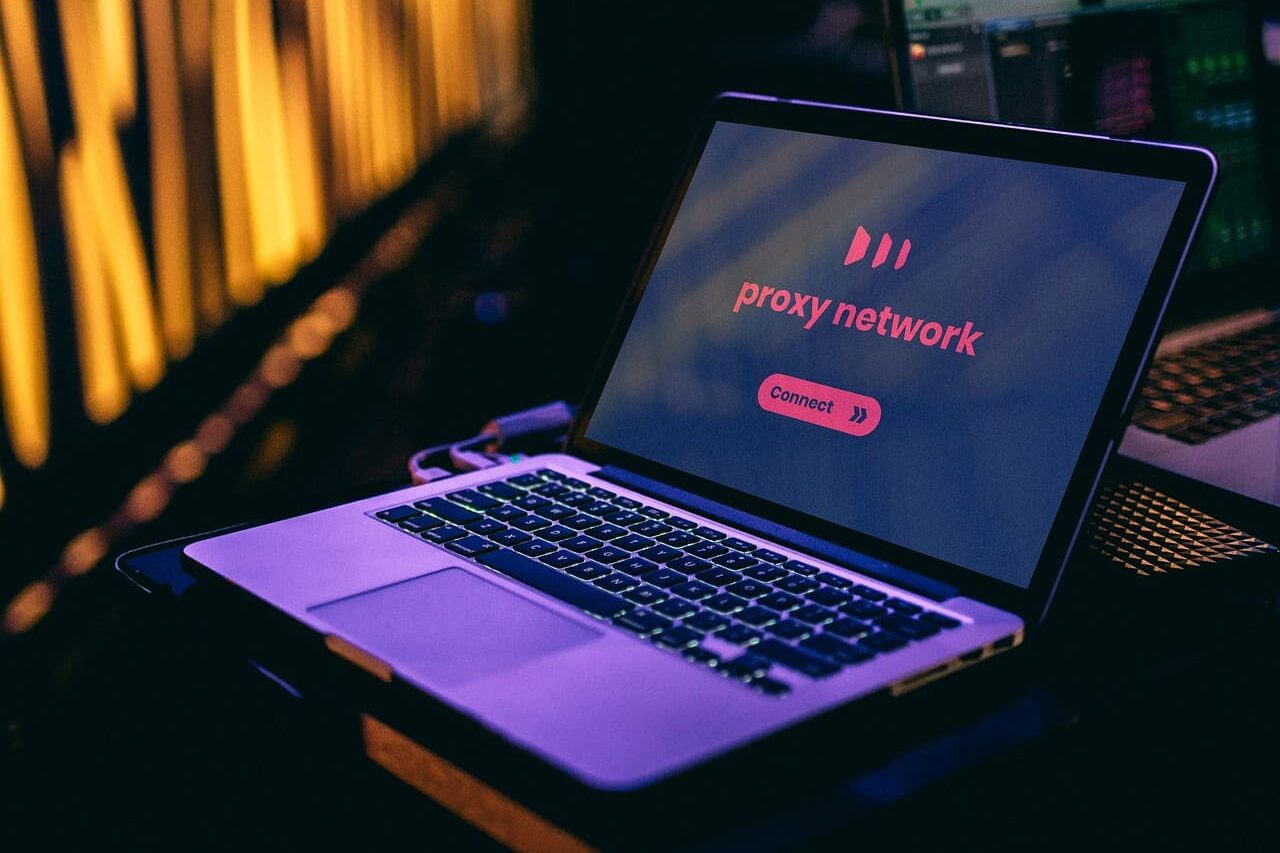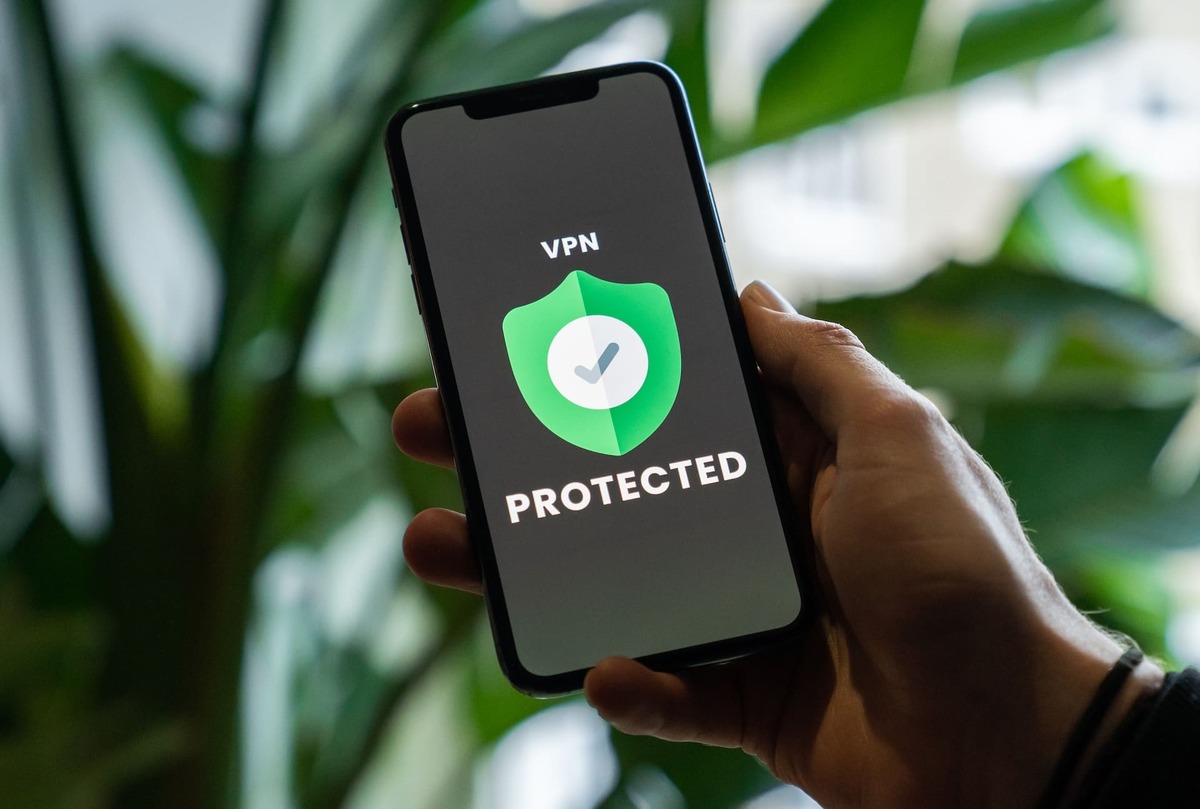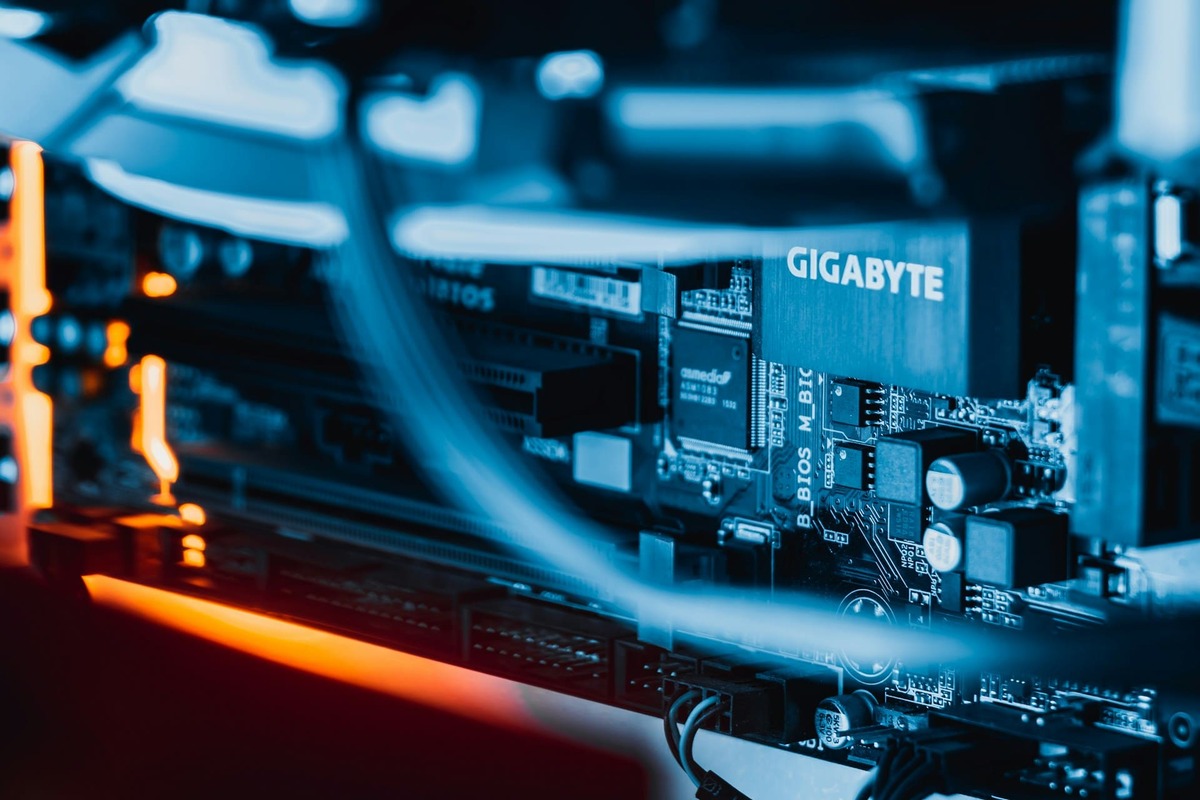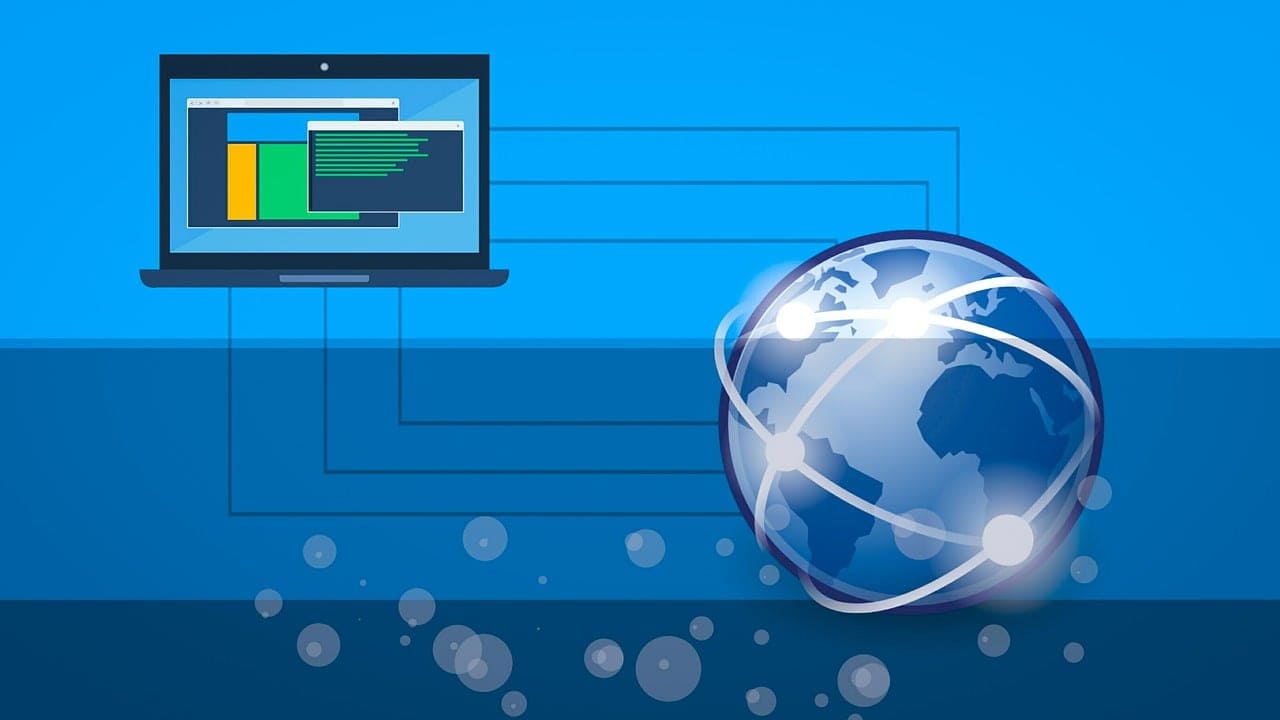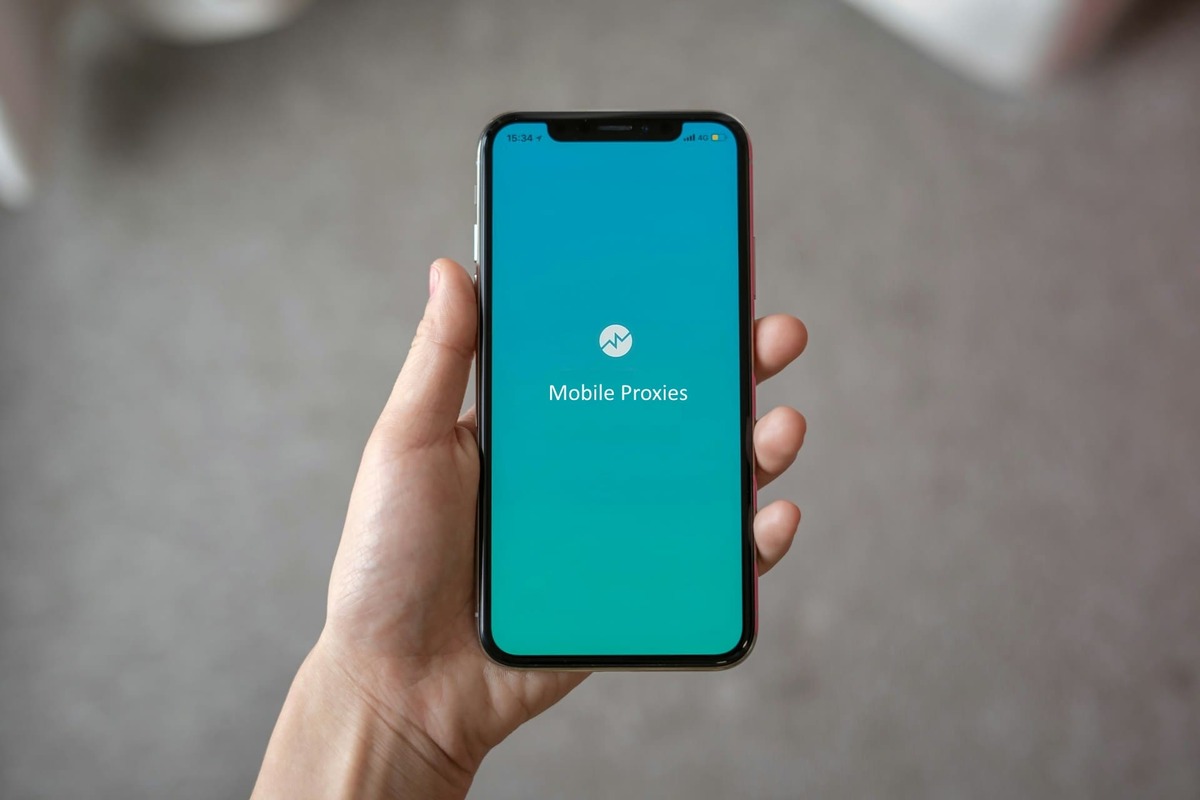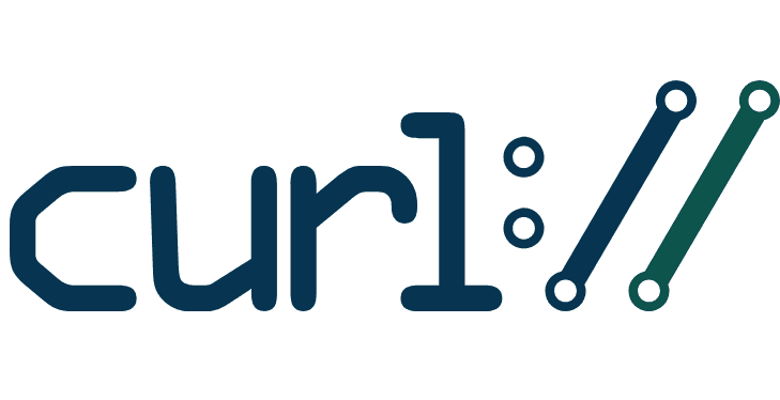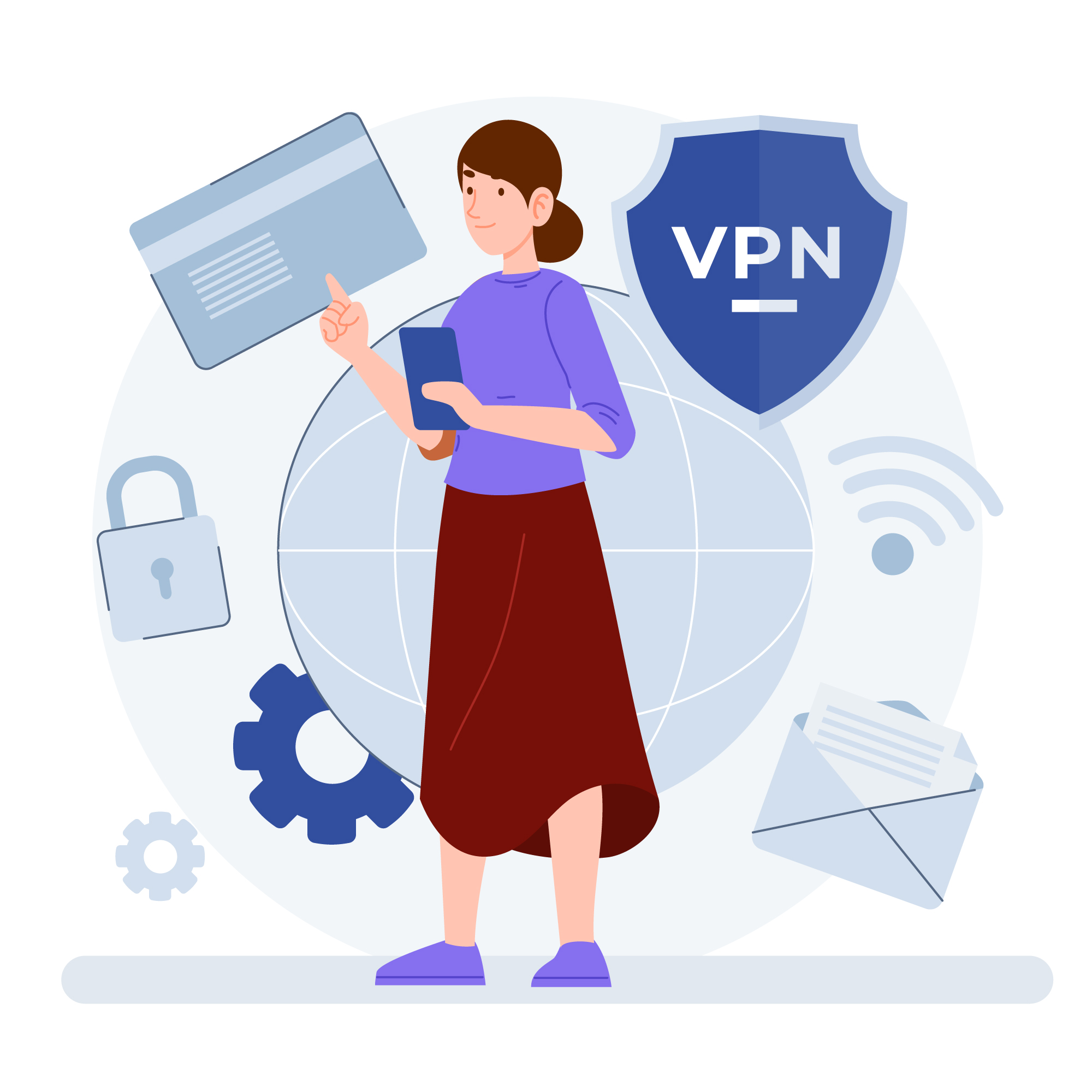
In the era of digital saturation, where every service requires a unique IP, the traditional resources of the Internet are starting to run out. IPv4 addresses are becoming increasingly scarce, and as the number of devices, users and online businesses grows, this shortage is becoming more acute. That’s why more and more companies and professionals are moving to IPv6 proxies – a new generation of solutions for anonymity, automation and scalability.
In this article we will tell you what IPv6 proxies are, how they differ from IPv4, and why they are becoming more relevant in marketing, parsing, SEO and especially in eCommerce business. You will learn how IPv6 itself works, how to make proxies using it, and when it makes sense to switch to the new format.
How IPv6 protocol works and why it became necessary
IPv6 is a modern, sixth-generation Internet protocol created in response to the shortage of IPv4 addresses. While IPv4 uses 32-bit addressing (about 4.3 billion unique IPs), IPv6 offers a 128-bit system to create 340 undecillion (that’s 10 to the 38th degree) addresses.
The advantages of IPv6:
- Global scalability. There are enough addresses for all devices and services, including IoT.
- Faster routing. By simplifying packet headers.
- Built-in security features. For example, IPsec is already part of the protocol.
- No need for NAT. Direct connection between devices without additional network configuration.
For proxy servers this means: you can give unique IPs to each thread, client or connection without the risk of bans due to IP crossings – especially relevant for large-scale tasks.
IPv4 or IPv6 proxies: what is the difference?
The main difference between IPv4 and IPv6 proxies is the volume of available addresses and the level of recognition by services. IPv4 addresses have been “on the rumor” for a long time: they are recognized by anti-fraud systems, are more often included in block lists and are more expensive to rent. IPv6-addresses are less “publicized” so far, they are easier to rotate, they scale almost without limitations and are often cheaper.
Key differences:
| Parameter | IPv4 proxy | IPv6 proxy |
| IP format | 32 bits (e.g. 192.0.2.1) | 128 bits (e.g. 2001:0db8::1) |
| Address availability | Limited, expensive proxy rental | Recognizability by systems |
| Recognizability by systems | High | Low, so far less “noticed” |
| Speed and load | Medium | Higher due to new protocol mechanisms |
| Service support | Virtually all of them | Partially but rapidly expanding |
If you work in eCommerce, use large-scale mailings, parse catalogs or test prices in marketplaces – IPv6 proxies can be a powerful alternative. Especially if you want to save money but still maintain IP stability and purity.
IPv4 or IPv6 proxies: what’s the difference?
Choosing an IPv4 or IPv6 proxy is a major technical challenge for professionals working with automation, parsing, eCommerce and advertising. The aging IPv4 is still supported by all platforms, but is being actively supplanted by a new standard – IPv6.
The main difference between IPv4 and IPv6 proxies is the protocol architecture and the number of available IP addresses. If IPv4 is a limited, expensive and often spammed resource, IPv6 is an almost inexhaustible and clean pool of addresses, which is ideal for large-scale solutions.
The choice depends on the task at hand. If you want maximum compatibility, use IPv4. If you want scalability, cost reduction and automation, go with IPv6 proxies. This will require a basic understanding of configuration – look for a manual for your platform or find out how to set up an IPv6 proxy from your ISP or system administrator.
What are the advantages of using IPv6 proxies
There are a lot of positive aspects here. Let’s consider the main ones.
Mass parsing without bans
One of the main applications of IPv6 proxy is large-scale data collection: from marketplaces, aggregators, competitors’ sites, price lists. Thanks to a huge pool of unique IP addresses, you can run dozens and hundreds of streams simultaneously without fear of being banned.
If using IPv4 parsing requires complex rotation, slowdowns and anti-bot protection, with IPv6 you simply distribute the load and minimize the risk of blocking.
Minimal risk of IP address overlap
The limited IPv4 pool has long been used everywhere: the same IPs may have been used in spam, phishing, or just badly “flagged”. As a result – even an honest project can get banned due to someone else’s fault.
IPv6 proxies are devoid of this problem. Each address is unique and “fresh”, which gives a high level of trust on the part of platforms. This is especially true if you use rented proxies – you get a clean IP with minimal chance of crossing someone else’s questionable actions.
Optimization for modern network architectures
Many new servers and cloud solutions are already IPv6-centric. This means faster routes, less latency, and built-in encryption support. If your project operates in a high-traffic, high-speed environment, IPv6 proxies will be preferred.
In addition, such proxies are easier to integrate into automated environments, Docker containers and cloud instances – which is especially useful when working with bots and APIs.

Who IPv6 proxies are suitable for
IPv6-based proxies are not a universal tool for all occasions, but for some professions and tasks they become indispensable. Especially where scalability, speed and minimal risk of blocking are important. Let’s consider below who and in what cases IPv6 proxies are of maximum use.
SEO specialists when collecting data
Issue analysis, position monitoring, competitive intelligence, keyword clustering – all this requires multi-threaded access to search engines. And the larger the scale of tasks, the higher the risk of blocking.
Using IPv6 proxies allows you to run hundreds of streams with unique IP addresses without being subject to filters. This makes them an ideal solution for parsing Google, Bing, YouTube and other services. That said, it’s important to realize that the difference between IPv4 and IPv6 proxies here is not just price, but also IP purity and the ability to rotate in high volumes.
Marketers for multithreaded analytics
Proxies in marketing are used to analyze competitive ads, test geo-campaigns, monitor prices and offers, parsing landings and collecting semantics. Especially in eCommerce or arbitrage, where everything needs to be done in bulk and quickly.
IPv6 proxies allow:
- Run analytical scripts without fear of blocking.
- Emulate access from the required regions.
- Work with several services in parallel.
- Bypass restrictions of search and advertising platforms.
This is especially relevant when launching dozens of tests or working in teams with distributed flows.
Testers and developers
Automated testing of web services, APIs, traffic simulation, A/B tests in different regions – all this requires stable and unique IPs. With IPv6 proxies, you can easily deploy an environment where each connection is “clean” and independent.
In addition, such proxies are useful for localization, cross-region debugging, creating load scenarios and simulating user behavior.
How to set up IPv6 proxy by yourself
If you have minimal experience with Linux servers and basic technical literacy, you can configure IPv6 proxy yourself. This is especially relevant for developers, testers and those who want to get the most customized tool for their own tasks.
Basic steps:
Rent a VPS with IPv6 support. Most providers already offer this option.
Install a proxy server. For example, Squid, 3proxy or an analog.
Configure IPv6 addresses. Assign range, configure mask, check pings.
Restrict access by username and password or IP.
Check the operation through a browser or proxy checker.
It’s important to understand: setting up on your own takes time, experience and regular support. But you’ll get full control, flexibility and savings – especially when using proxies in bulk for marketing, parsing or SEO.
Alternative: where to buy reliable IPv6 proxies
If you don’t want to spend time setting up or just need a reliable tool out-of-the-box, it’s easier and safer to buy an off-the-shelf solution. Many proxy providers offer IPv6 packages at affordable prices – both with authorization and rotation.
What to pay attention to when choosing:
- Support for the right protocols (HTTPS/SOCKS5).
- Geolocation – if you work with regions.
- Purity and uniqueness of IP addresses.
- Ability to test before purchase.
- Availability of support and personal cabinet.
Proxies for eCommerce business and marketing, especially IPv6-based ones, are better to buy from trusted vendors with good reviews and clear lease terms. This is especially important for advertising tasks, A/B tests, gathering competitive information and working in eCommerce.
Conclusion: Should you migrate to IPv6 today?
If you work in automation, analytics, marketing or development, the answer is clear: yes, you should. IPv6 proxies offer a huge pool of addresses, minimal risk of bans, flexibility and high speed. They are especially beneficial for mass parsing, analytics and running multiple parallel tasks.
This doesn’t mean that IPv4 is a thing of the past. But IPv6-based marketing and eCommerce proxies for marketing and eCommerce are already becoming the next-generation standard. Make the transition consciously: either configure it yourself or choose a reliable provider. In both cases, IPv6 opens up more opportunities than it limits.
FAQ
1. What is the difference between IPv4 and IPv6 proxies in real work?
- IPv6 proxies provide more unique IP addresses, scale better and are less likely to be blacklisted. IPv4 proxies are more compliant, but are limited in scope and blocked more often.
2. Can blocking be circumvented with IPv6 proxies only?
- No. IPv6 proxies reduce the risk of blocking, but do not guarantee blocking. For stable operation it is important to use rotation, anti-detection and adherence to request limits.
3. Are IPv6 proxies suitable for social networking?
- As a rule, no. Most social networks still do not support or restrict access via IPv6. It is better to use mobile or resident IPv4 proxies for them.
4. How to realize that a site does not support IPv6 proxies?
- Try to open the site through an IPv6 proxy. If it doesn’t load or gives a connection error – most likely, the resource works only via IPv4.
5. Is it safe to use IPv6 proxy in automated scripts?
- Yes, provided you use a proven proxy service and comply with load standards. It’s a great option for parsing, monitoring, and A/B tests.
6. Do I need authorization to connect to an IPv6 proxy?
- Yes, preferably. Reliable proxies are provided with login and password or IP authorization – this protects against unauthorized access and leaks.

